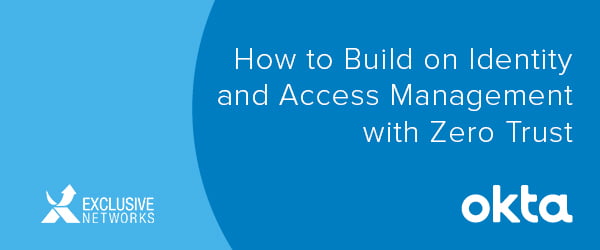
In 2020 the business community was forced to adapt to a new era of distributed work—and cyber threats have adapted right along with them. Between unsecured home WiFi networks and the rise in personal devices accessing company resources, the opportunities for data theft have risen as teams have dispersed.
Implementing robust identity and access management (IAM) solutions is proving to be a vital method for reasserting control over who has access to your company’s digital resources.
This approach is key for mitigating the security risks associated with distributed work. With effective IAM, you can contextually assess risk, grant permissions on a granular level, and fully integrate third-party services without compromising user experience. But it’s not just a matter of flipping a switch.
Reaching IAM maturity as we embrace remote work requires a staged approach—one that starts with implementing basic identity features to support your remote workforce and ends with a robust Zero Trust framework in place.
In Kelsey Nelson’s post she takes a look at the final stage of the distributed work IAM maturity curve, and how you can begin to implement Zero Trust.
A Zero Trust security architecture, supported at its core by IAM, involves the following stages:
- Stage 0: Fragmented Identity
- Stage 1: Unified Identity and Access Management
- Stage 2: Contextual access
- Stage 3: Adaptive workforce
By moving your organization from awareness into context-based policies and processes, you ensure that your distributed workforce is protected, and you’ve closed the door to dangerous and costly breaches.
Read Kelsey Nelson’s full blog here.
Please contact your local Exclusive Networks Account Manager to learn more about the stages of distributed work IAM maturity and how to build on Identity and Access Management with Zero Trust and Okta Cloud Identity Management.


